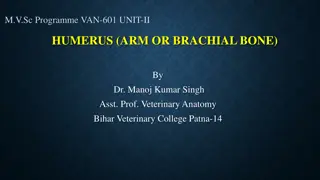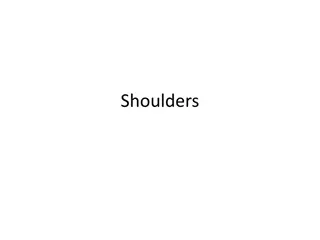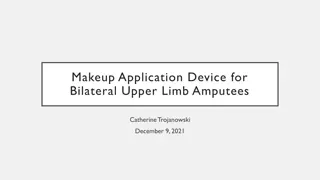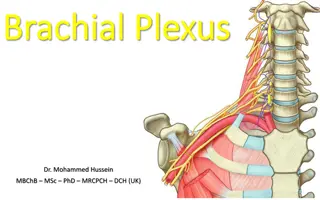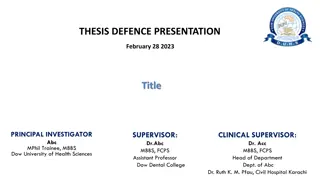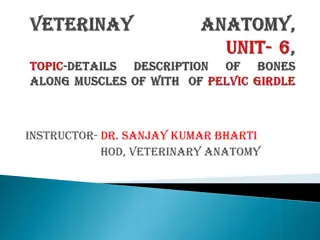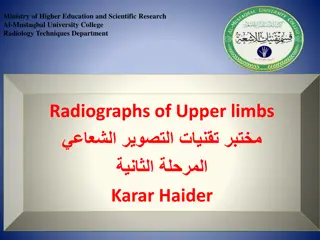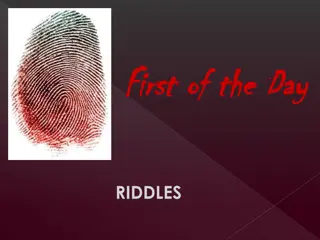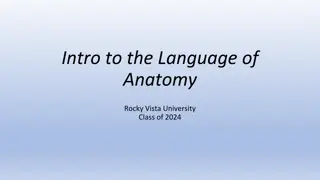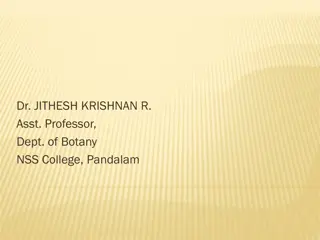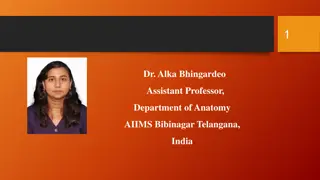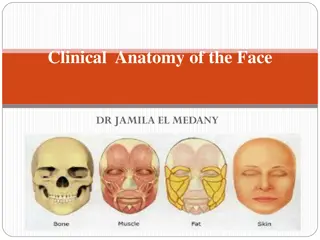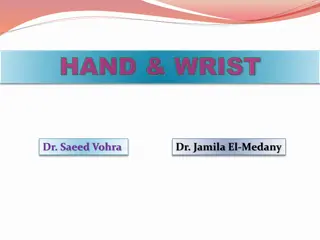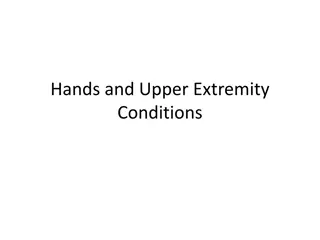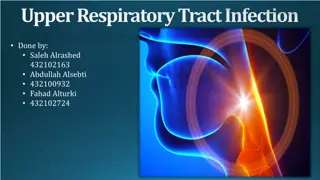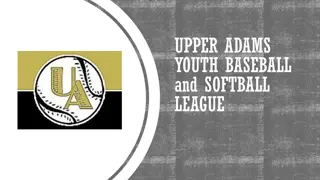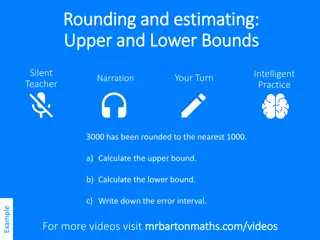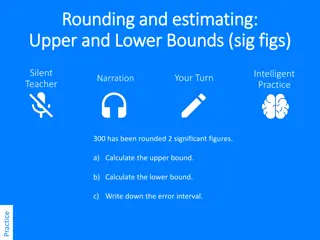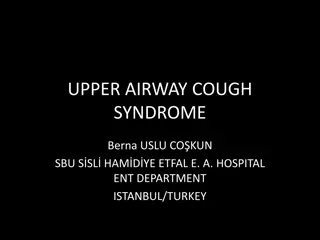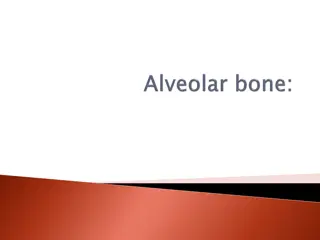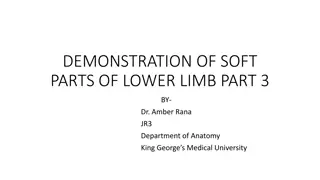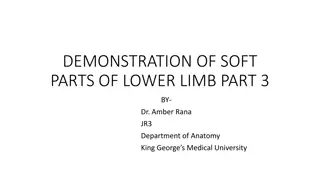Anatomy of the Upper Limb: Clavicle, Scapula, Humerus
The upper limb anatomy includes detailed descriptions of the clavicle, scapula, and humerus bones. The clavicle is a long bone that articulates with the sternum and scapula, while the scapula lies on the posterior chest wall and has important bony landmarks like the acromion and glenoid cavity. The humerus articulates with the scapula at the shoulder and with the radius and ulna at the elbow, featuring tuberosities and grooves for muscle and ligament attachments.
Download Presentation

Please find below an Image/Link to download the presentation.
The content on the website is provided AS IS for your information and personal use only. It may not be sold, licensed, or shared on other websites without obtaining consent from the author. Download presentation by click this link. If you encounter any issues during the download, it is possible that the publisher has removed the file from their server.
E N D
Presentation Transcript
Upper limb Dr. athmer mohammed redh
UPPER LIMB Clavicle The clavicle is a long , that lies horizontally across the root of the neck. It articulates with the sternum and first costal cartilage medially and with the acromion process of the scapula laterally . its medial two-thirds are convex forward and its lateral third is concave forward .
Scapula The scapula is a flat triangular bone that lies on the posterior chest wall between the 2nd and 7th ribs. On its posterior surface, the spine of the scapula projects backward. The lateral end of the spine is free and forms the acromion, which articulates with the clavicle. The superolateral angle of the scapula forms the pear-shaped glenoid cavity, or fossa, which articulates with the head of the humerus at the shoulder joint.
The anterior surface of the scapula is concave and forms the shallow subscapular fossa. The posterior surface of the scapula is divided by the spine into the supraspinous fossa above and an infraspinous fossa . The inferiorangle of the scapula can be palpated easily in the living subject and marks the level of the 7th rib and the spine of the 7th thoracic vertebra.
Humerus The humerus articulates with the scapula at the shoulder joint and with the radius and ulna at the elbow joint . The upper end of the humerus has a head ,which articulates with the glenoid cavity of the scapula . Immediately below the head is the anatomical neck . Below the neck are the greater and lesser tuberosies , separated from each other by the bicipital groove ..About halfway down the lateral aspect of the shaft is a roughened elevation called the deltoid tuberosity . Behind and below the tuberosity is a spiral groove , which accommodates the radial nerve
The lower end of the humerus possesses the medial and lateral epicondyles for the attachment of muscles and ligaments , the rounded capitulum for articulation with the head of the radius , and the pulley-shaped trochlea for articulation with the trochlear notch of the ulna . Above the capitulum is the radial fossa , which receives the head of the radius when the elbow is flexed . Above the trochlea anteriorly is the coronoid fossa , which during the same movement receives the coronoid process of the ulna . .
Sternoclavicular Joint Articulation: This occurs between clavicle, the manubrium sterni, and the 1st costal cartilage . Type: Synovial double-plane joint Acromioclavicular Joint Articulation: This occurs between the acromion of the scapula and the lateral end of the clavicle . Type: Synovial plane joint Shoulder Joint Articulation: This occurs between the head of the humerus and glenoid cavity of the scapula. Type: Synovial ball-and-socket joint


